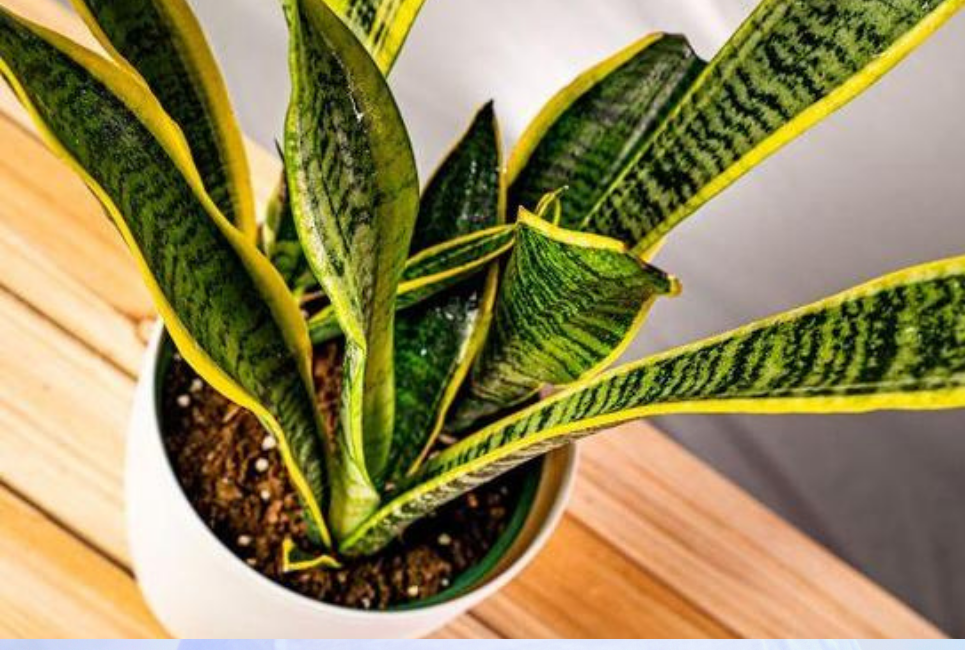Sansevieria Varieties ‘Snake Plants’
This succulent is about as hassle-free and low-maintenance as they come, which is why they are a great choice for anyone. Beginner gardeners will love that they can learn how to garden on such a forgiving plant. Homeowners with little space and little access to sunlight will love that these plants don’t require much of either. Busy plant-enthusiasts will love that they don’t have to spend the time they don’t have to try to keep these plants alive; they really are easy-going and undemanding plants.
How to Identify Snake Plants
Since there are nearly seventy different species and varieties of these plants, it is difficult to list all the key features of all the varieties, but we can look at a few. These key features should help identify those plants that are considered a variety of Snake Plant.
- Leaves that are stiff, upright, and shaped like the blade of a sword
- Leaves that green in the center and edged with gold, silver, or gray shades
- Many varieties also have gold, silver, or gray bands across their leaves
Where Does Snake Plant Grow
These plants are native to the tropical regions of the world. They come from tropical or subtropical areas in Europe, Asia, and Africa.
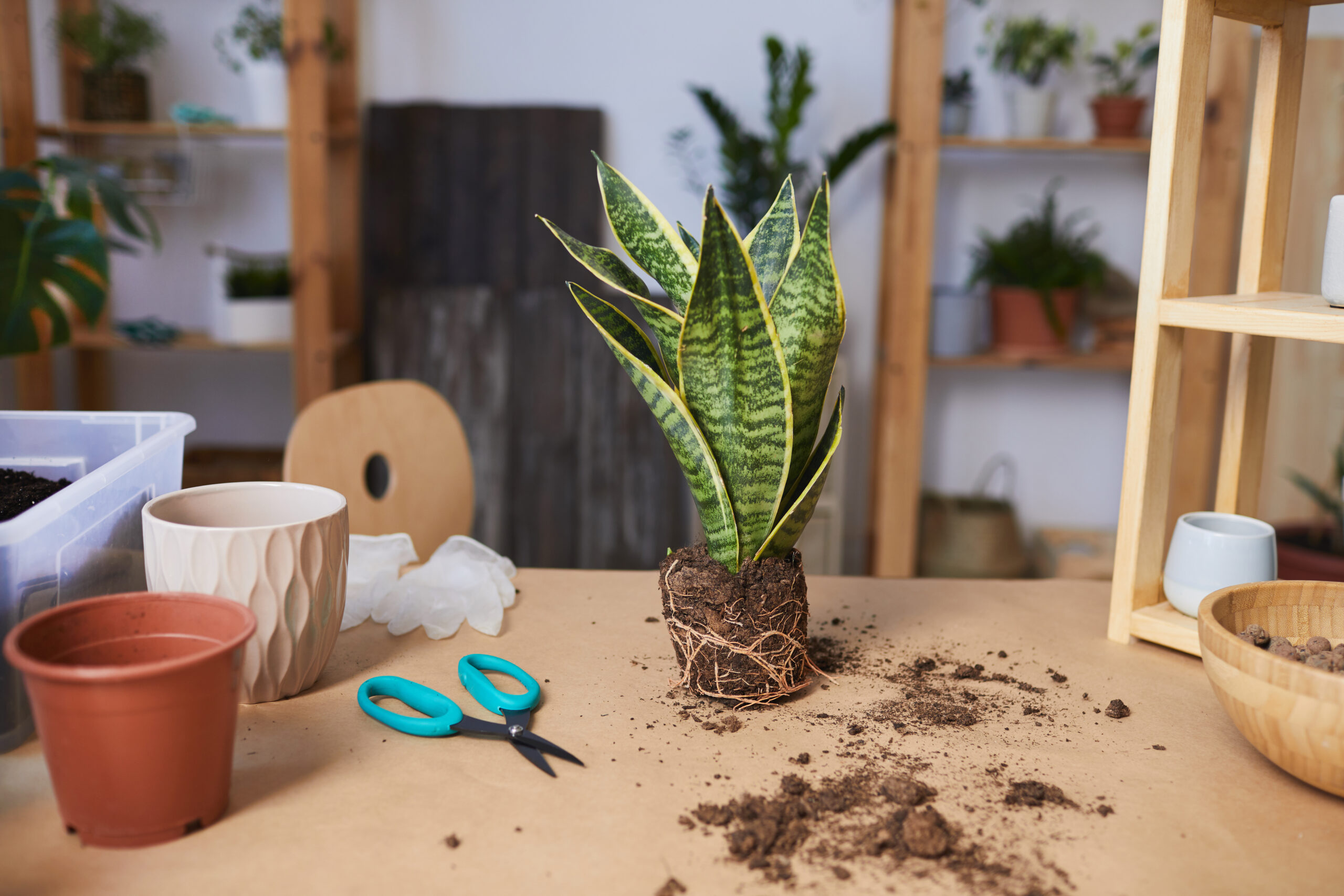
Uses of Snake Plant
This type of plant is incredibly versatile. It will look great in an outdoor garden space or as an indoor feature. Because these are so easy to care for, it is a fantastic way to bring a little nature inside if you live in the city.
Also, keeping one indoors could bring some benefit to the air quality of the building. These plants have been researched and have shown that they can clean some toxins from the air.
How to Grow Snake Plant from Seed
Keep in mind that if you grow a Snake Plant from seeds, you may not get a plant that looks exactly the way you want it to. This is why it is best to use the division method to propagate a Snake Plant. If, however, you want to have some fun and you like to be surprised, follow these simple steps to propagate a plant from seeds.
- Choose fresh seeds that have been cleaned from their fruit
- Choose a pot that will drain water well
- Choose potting soil that will drain water well
- Fill the pot with potting soil
- Place the seeds in the potting soil and cover
- Moisten the potting soil without getting it soggy
- Place the pot in a warm, sunny area
- Allow three to six weeks for germination
- Once germination is apparent, begin treating the plant like any other Snake Plant
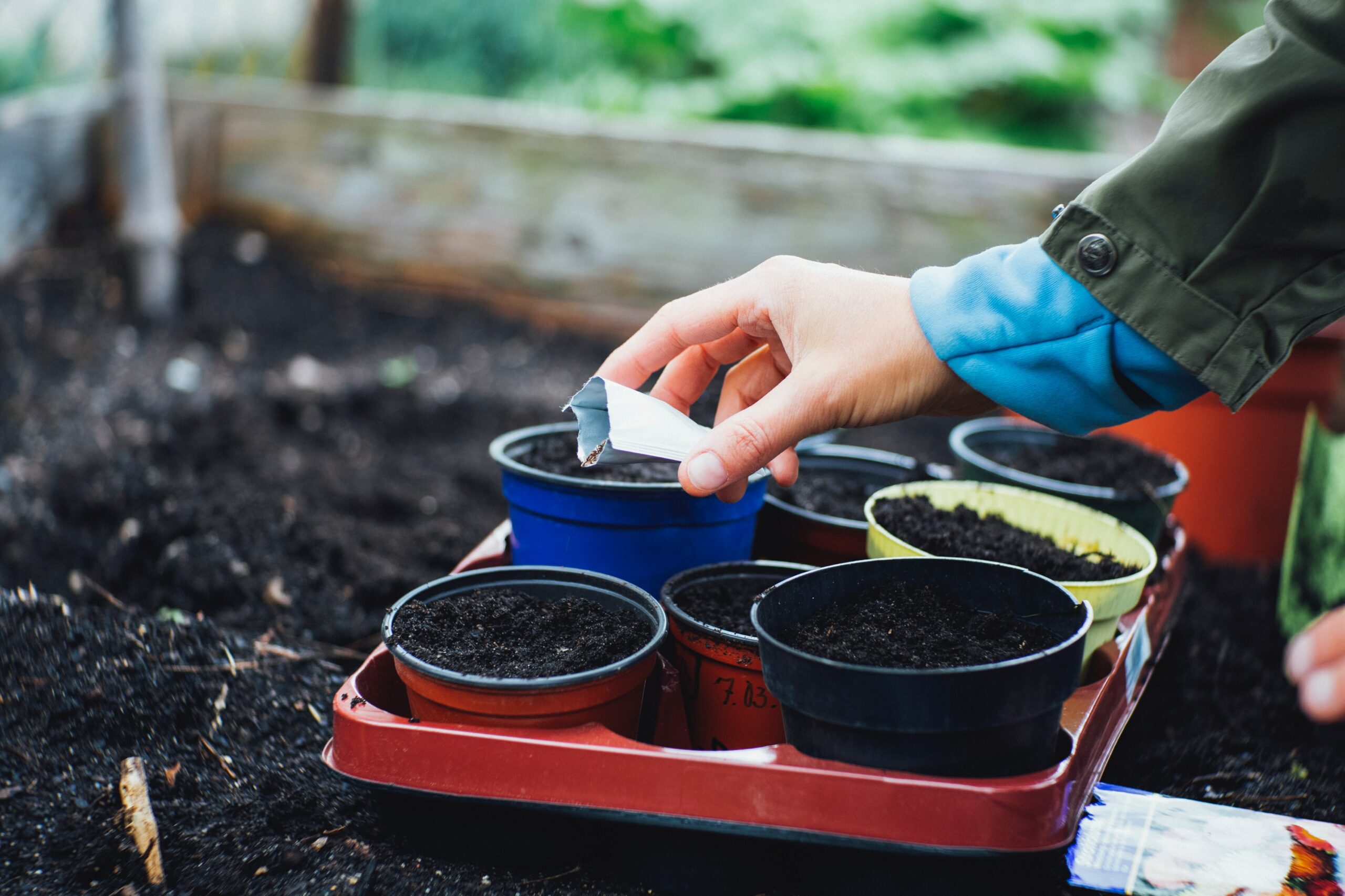
Snake Plant Growing Conditions
These plants can literally grow anywhere. They thrive in sun, shade, and drought-like conditions. But, if you really want to give your plant some heartfelt care, remember these important tips:
- They prefer soil that drains well
- They prefer soil that has a pH range of 5.5 to 7.5
When to Plant Snake Plant
It is best to plant these in the spring or the summer so there is plenty of warmth and sunlight to encourage growth.
How to Plant Snake Plant
Snake Plant can be propagated through division and leaf cuttings; in fact, these are the preferred methods.
To propagate a Snake Plant through leaf cuttings, follow these steps:
- Cut off a healthy leaf near its base
- Cut a ‘V’ shape at the base of the leaf
- Set the leaf in a container with clean water (make sure the water level covers the ‘V’ at the bottom of the leaf)
- Allow three to five weeks for roots to begin growing
- Once you are ready, you can transport the leaf that has grown roots into a pot with succulent potting soil
To propagate a Snake Plant through division, follow these steps:
- Remove the Snake Plant from its pot so you can see the root system
- Cut off a clump of roots that are attached to a leafy top with a clean knife
- Plant the clump of root with its attached leafy top in a pot filled with succulent potting soil
Snake Plant Water Requirements
While this plant is extremely drought-tolerant, it is a good idea to treat it to a drink just as you would any other succulent. To do this, it is best to use the soak and dry method so that you lower the risk of root rot.
Snake Plant Sun Requirements
While this plant is extremely tolerant of low levels of sunlight, it does look better and can even show off more shades of green when it is given proper amounts of light. Snake Plants prefer bright, but indirect sunlight.
Best Snake Plant Fertilizer
Choose a slow-release fertilizer, such as Osmocote Smart-Release Plant Food to encourage healthy growth in your Snake Plant. It will only need a quarter or a half does once or twice a year.
Best Snake Plant Companion Plantings
It might be nice to grow another type of plant alongside your trusty and hassle-free Snake Plant. Of course, the companion plant needs to be as low-maintenance as possible and be able to deal with the same environment as a Snake Plant. If you are interested in adding a little more greenery to your garden or home, try one of these options.
Burro’s Tail ‘Sedum Morganianum’
This unconventional-looking succulent is sure to turn anyone into an avid gardener. It is wonderfully uncomplicated to care for and to propagate.

What This Plant Needs
Fertilizer
As is the case with most succulents, Burro’s Tail doesn’t need a lot of fertilizer. It can take a dose of diluted fertilizer a couple of times during the warm growing season but should never be fertilized during winter.
Heat
This succulent thrives in temperatures ranging between 50- and 60-degrees Fahrenheit.
Light
Burro’s Tail can get burnt when set in direct sunlight so it is best to find it a place where it can receive bright light in partial sun.
Soil
A typical cactus/succulent potting mix that drains water well will work best for this plant
Water
Burro’s Tail plants are different from other succulents when it comes to their water needs. While it is drought tolerant and can get root rot from overwatering, it actually needs plenty of water to keep it looking healthy. It is always a good idea to water these when the soil around it is dry and drain all excess water from the bottom of the pot. Never let it sit in water.
Pros:
- These are not toxic plants
- Burro’s Tail plants can grow up to 4 feet long and 2 feet wide
Cons:
- These plants do attract aphids
Ox Tongue Plant ‘Gasteria Prolifera’
This is an aloe-like succulent, which is rather rare. Its leaves are long and rough and are often spotted. It is also extremely hardy and hassle-free.

What This Plant Needs
Fertilizer
Ox Tongue Plants actually benefit from fertilizer more than most other succulents. It is best to use a cactus fertilizer combined with compost once a year during the spring.
Heat
These plants prefer dry, warm weather. Frost and cold weather can kill them as can too much humidity.
Light
Keep Ox Tongue Plants away from hot direct sunlight but be sure they do get plenty of indirect bright light.
Soil
Whether they are planted in indoor containers or garden plots, Ox Tongue Plants need sandy soil that drains well.
Water
These should be watered similarly to other succulents. They do not need much water and the soil around the plant should be dry before any more water is given to them.
Pros:
- It is not toxic
- It does not grow very large
- It is easy to care for
Cons:
- It does not tolerate cold weather
- It does not tolerate overwatering
Mandevilla Vine
This is a common plant for outdoor patios and decks. It produces beautiful and vibrantly colored flowers that make it an excellent way to add a pop of color to a garden scheme.
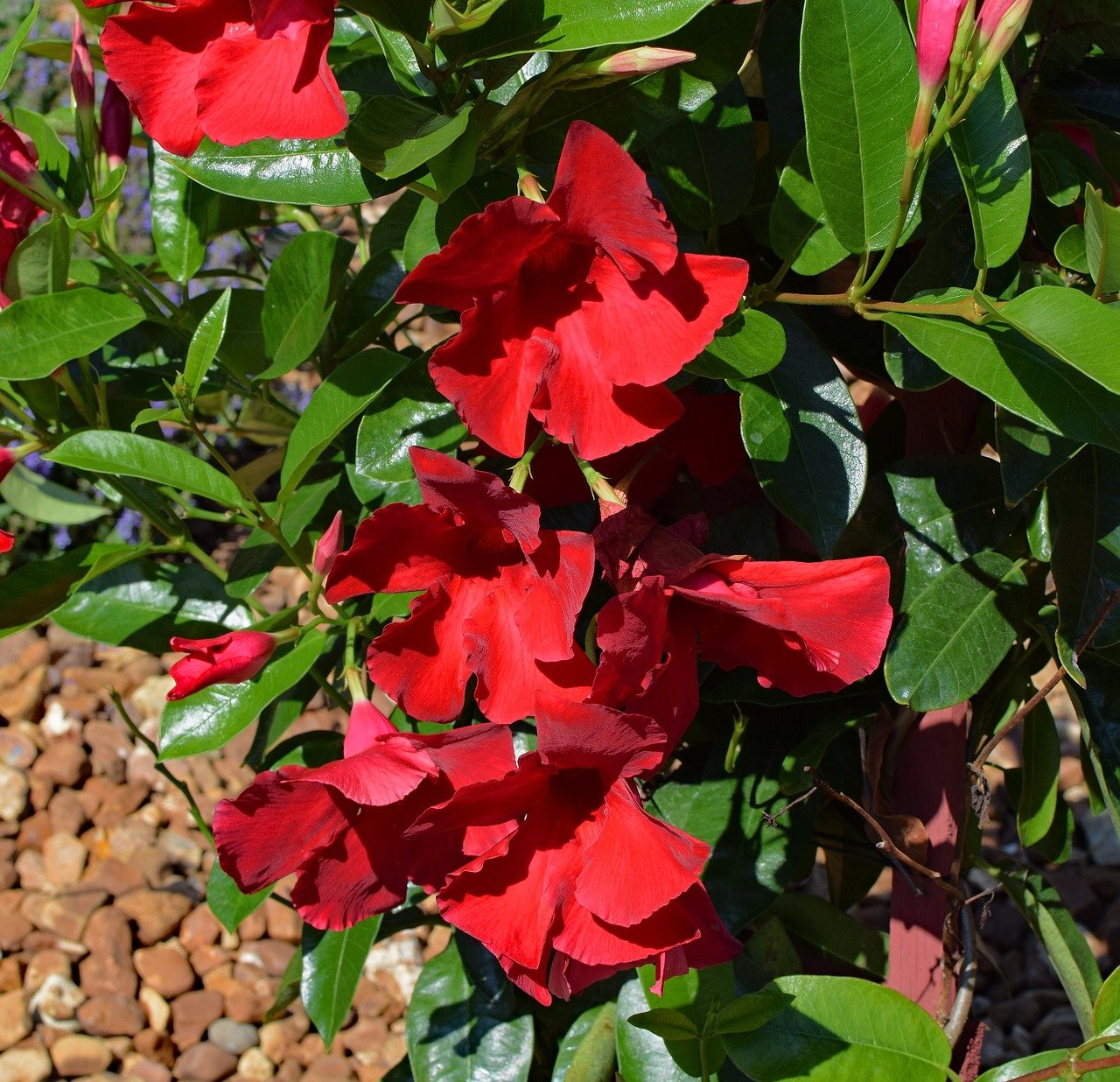
What This Plant Needs
Fertilizer
This plant can be given fertilizer every other week during the warm months of summer. It is best to use a high phosphorous and water-soluble type of fertilizer to do this.
Heat
This plant cannot handle temperatures lower than 50 degrees Fahrenheit, so it will need to be brought indoors during winter.
Light
This plant can get sunburnt very easily when set in full sunlight. It is best to provide it with a little shade or bright but indirect sunlight. This makes it a very compatible companion plant for Snake Plants
Soil
This plant also needs soil that is sandy and well-draining. It is also recommended that its soil contain some peat moss.
Water
This plant likes moist but not soggy soil. It will need to be watered weekly or even daily during the summer month and less during the winter. Just make sure that excess water is allowed to drain out.
Pros:
- It is a beautiful blooming perennial
- It looks great in gardens and planters
- It is relatively easy to care for
- Many of its needs are similar to Snake Plants
Cons:
- It does not handle cold weather
- Its water needs are different than the water needs of a Snake Plant
Snake Plant Diseases and Common Problems
As is typical with most succulents, Snake Plant can easily get root rot from overwatering them. If you’re concerned that your plant may have root rot, you need to act quickly if there is any chance of saving it.
Here are the basic signs that your Snake Plant may be suffering from overwatering:
- Mushy leaves
- Brown spots
- Leaves that are wilting
- Leaves that are yellow
- Leaves that are brown tipped
- Roots that have turned dark brown or black
- Stems and/or leaves that are pale, yellow, and mushy
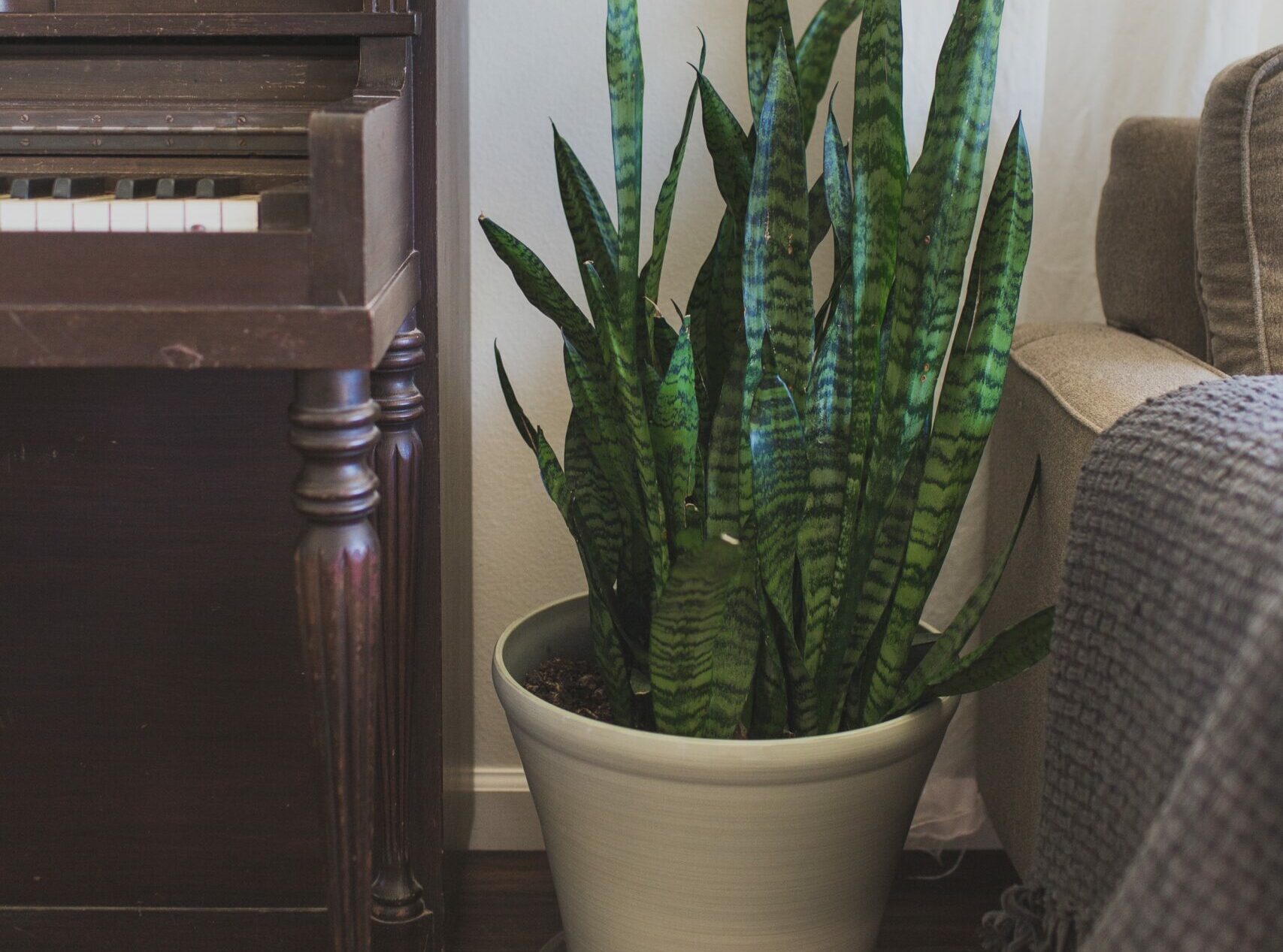
Snake Plant Treatments and Maintenance
It is very important that root rot is treated quickly or the plant may not survive. Here is how to treat a plant that is dealing with overwatering and possibly root rot:
1. Stop watering the plant and set it in a sunny spot
2. Remove the parts of the plant that are rotten
This technique will require that you trim off any areas of the plant that are rotting, whether that is in the root system, the stem, or the leaves. Once the trimming is complete, the plant must be allowed to callous for a few days. Without this step, the chances of the succulent surviving are very slim.
3. Allow the plant to dry out
This technique can be done if the root rot has not spread to the stems. What it entails is taking the plant out of the soil and letting them layout for a few days so the excess water will evaporate. Once this has been done, they should be replanted in fresh, clean, and dry soil.
4. Replant it in a new pot with fresh potting soil designed for succulents

Snake Plant Repotting Instructions
If you decide to set your Snake Plant in a different container than the one it is already in, follow these simple steps:
- Choose a pot that will fit the size of the plant
- Choose a pot that has holes in the bottom for draining water
- Choose potting soil mix that is designed for succulents
- Fill the new container with the potting soil
- Set the plant into a hole in the potting soil (don’t put it too deeply into the soil; it should be at about the same level as it was already planted)
- Care for the plant as you normally would
Where to Buy Snake Plant Seeds Online
If you want to begin growing your own Snake Plant from seedling, these online shops are a great way to get the seeds you need.
Where to Buy Snake Plant plants Online
Online succulent shops are so numerous and easy to access now. If you want to get a Snake Plant delivered directly to your door, try of these shops.
FAQs
Question: Are Snake Plants Toxic?
Answer: Unfortunately, these plants are slightly toxic and should be kept away from children and house pets.
Question: How Big Can Snake Plants Grow?
Answer: These plants, if taken care of properly, can be huge. They range in size from 6 inches to a full 12 feet tall.
Question: Are Snake Plants Toxic?
Answer: Unfortunately, these plants are slightly toxic and should be kept away from children and house pets.
Question: How Big Can Snake Plants Grow?
Answer: These plants, if taken care of properly, can be huge. They range in size from 6 inches to a full 12 feet tall.
Concluding Thoughts
Without a doubt, Snake Plants are the ultimate worry-free, hassle-free, and care-free plants that are also gorgeous. Getting one of these plants is the best way to begin celebrating nature in the great indoors. So, go get your favorite variety and begin being a nature-loving plant parent today.
====
Research Citations
- Balcony Garden Web
- Moody Blooms
- Succulent Alley
- Leafy Place
- Gardening Know How
- Hawaii Horticulture
- A Piece of Rainbow
- Trees.com
- Garden for Indoor
- The Old Farmer’s Almanac
For further readings:
- Dioscorea Elephantipes (Elephant’s Foot): How To Grow Healthy Succulents
- Senecio Radicans (String of Bananas Succulents): A Complete Care and Growth Guide
-
6 Best Black Succulent Varieties That Will Beautify Your Garden
- Lophocereus Marginatus (Mexican Fence Post Cactus) - January 10, 2022
- Best Cactus Fertilizer Guide - January 9, 2022
- Selenicereus Grandiflorus (Queen of the Night) - January 3, 2022

